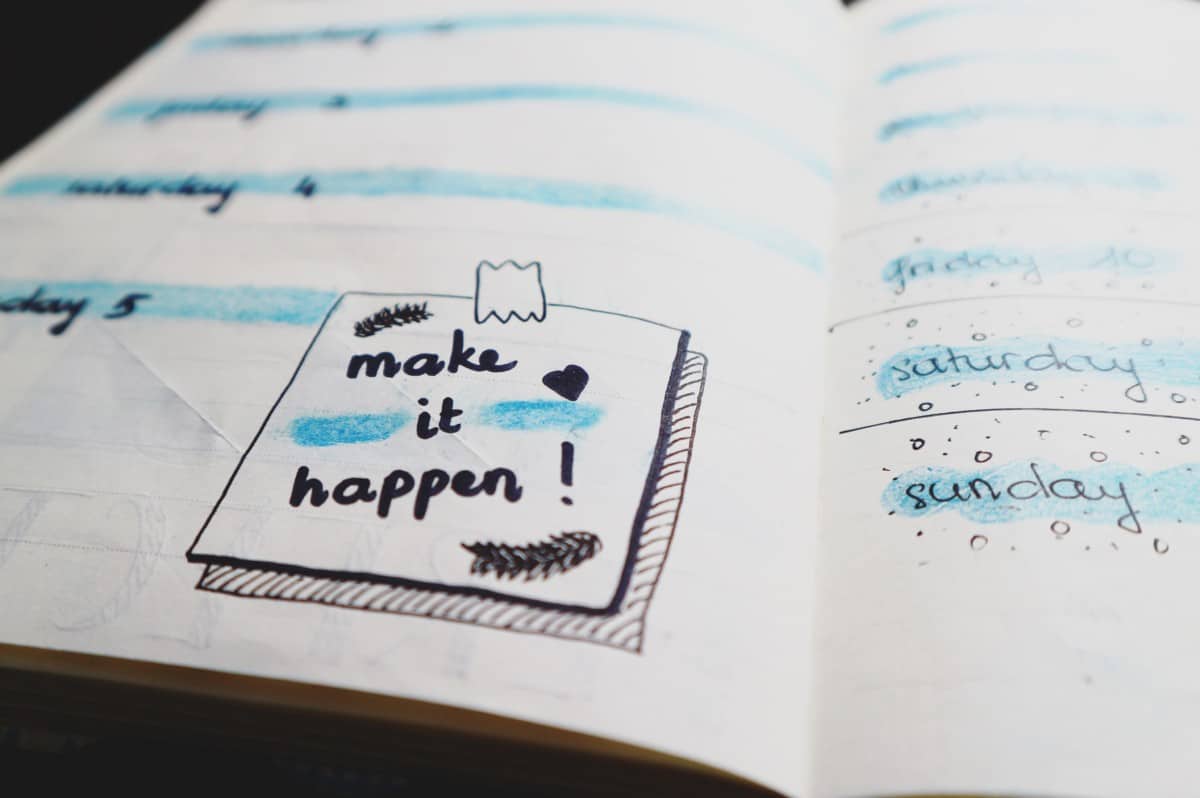Once you start learning the Japanese language, you will be introduced to kanji, which includes some pictographs that are used for representing an array of ideas. Added to the Japanese language from Chinese, kanji requires you to utilize your imagination to understand the origin of the words as well as their meanings.
For most new learners of the Japanese language, kanji is usually believed to be the hardest aspect of the language. In fact, many native Japanese speakers also agree that kanji is the most difficult part of Japanese. As a result of this, you may be having issues with determining what you really need to learn.
It is worthwhile to note that the Japanese government has stipulated that people must know 2,136 joyo kanji to be regarded as literates in Japan. With this amount of kanji, your comprehension rate will be around 99%. In other words, you will understand as much as 99% of everything that you read in any place in the Japanese language.
Having noted all these assumptions, how many kanji do you need to be fluent? Well, this question is a bit difficult to answer. Factually, we don’t have any straightforward answer to it. This is because it depends entirely on your particular need.
For someone that only wants to be able to speak the Japanese language, you don’t even need to learn kanji at all. Since kanji comes with pictographs that help you identify lots of words, it is only useful when you are reading. Hence, you can speak Japanese fluently and even enjoy your stay in any part of Japan without understanding kanji. Of course, this is also applicable to every other language in the world. That is, you can speak a language fluently without being able to write or read a single word in the same language.
However, this means that you will hardly be able to read anything in Japanese.
Therefore, you don’t need any kanji to be fluent in Japanese.
Does reading Japanese depend on kanji?
Yes, reading the Japanese language has a lot to do with kanji. Without mincing words, if you want to be literate in Japanese, you cannot do without understanding some kanji. Without kanji, you cannot sound out some Japanese words correctly. Indeed, it will be impossible for you to guess the meanings of the words. Therefore, your failure to understand kanji characters means you cannot read Japanese.
If you would like to be able to read and understand as much as 95% of every book, signpost, or other written materials they see, you must know about 1,000 kanji (N2) Notably, you don’t necessarily have to be able to write each kanji. All you need is to first recognize them and you will be able to read without much hassle.
How many kanji characters do you need for reading in different situations?
Basically, there are about 3,300 distinct kanji characters that are usually utilized in magazines and newspapers in Japan. But if you can understand around 500 kanji characters, you will cover as much as 80% of newspaper kanji characters while 1,000 characters will cover around 94%. This is because certain words are commonly used in newspapers. However, if you want to be able to read academic publications, you will likely need more kanji characters, especially those related to the field you want to read its publications.
Also, if your reason for learning kanji is to be able to read manga, the required amount of kanji will be different. Generally, this depends on the level of manga that you want to be watching and reading its subtitle. For a manga that is targeted at kids, you will only need a handful of kanji characters to be able to read comprehensibly. However, if you want to read kanji in manga for adults with tons of difficult lore and wizards, you will need to be able to recognize lots of kanji characters.
So, is learning kanji worthwhile?
Without a doubt, it is worthwhile to learn kanji. In general, you will need kanji characters when reading Japanese. Therefore, if you don’t know kanji, you are not literate in the Japanese language. Although it is generally agreed that learning kanji is difficult, lots of people have managed to learn the characters at different stages of their lives.
While some people started learning kanji after mastering speaking the language and knowing other Japanese writing systems, others learned kanji characters at the beginning of their learning journey. So, we advise you to take the time to learn kanji.
For anyone ready to learn kanji, there are innumerable ways to achieve their learning goals. One of these ways is to learn the kanji characters one by one like the Japanese school kids usually do. While this is known to be effective, it will require lots of years to achieve fluency. Therefore, you should rather start learning kanji characters day by day. Have a target for the number of characters to learn each day to balance similarity, simplicity, and frequency in your learning process.
Also, it is important to get the right materials that will help you structure how you learn this Japanese writing system. This doesn’t only make it easy for you to learn kanji, but it also encourages you to learn the most frequently used characters.
Verdict
In conclusion, if all you want to do is to speak Japanese with your friends, colleagues, and others, you don’t need to learn kanji to be fluent. This is because kanji is only meant for reading or writing the Japanese language. Therefore, you can hold seamless conversations in the Japanese language without knowing any Japanese. However, this doesn’t mean that kanji is not important as you cannot read or write anything in the language without it.
Besides, this can serve as a limiting factor to your literacy as there will be lots of restrictions in your full understanding of the language. So, for fluency in speaking, reading, listening, and reading Japanese, consider learning around 2,000 kanji characters that the Japanese government has mandated as important for literacy.



